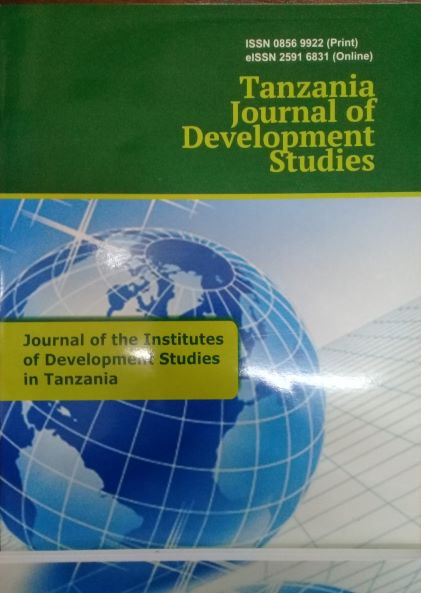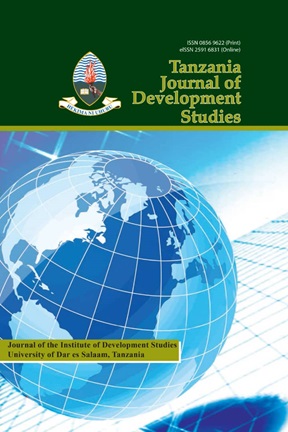The Politics of Blended Health Sector Financing in Uganda: Unpacking the World Bank ' s Global Financing Facility
Abstract
This paper examines the politics of blended financing with reference to the World
Bank-inspired Global Financing Facility for maternal, newborn, child, and
adolescent health (RMNCAH) in Uganda. Critical literature review was
conducted, followed by interviews with government technocrats, multilateral
agencies (World Bank, WHO and UNICEF), civil society organizations and
selected district health officers. Our main finding is twofold. Procedurally, blended
finance takes the trodden path of developmental paternalism characterized by
asymmetrical power relations between donors (who determine fundable priorities)
and beneficiaries (whose inclusion hardly counts). Substantively, however,
Uganda ' s Investment Case uses concessional IDA credit worth US$110m, multidonor
trust funds worth $30m and a SIDA grant of US$25m. This raises the total
to $165m, with a grant component of 33.33%, far above the 25% recommended by
the OECD. The emerging conclusion is simple: blended finance is imperfect, but
is not ' dead aid ' a la Dambisa Moyo (2010).



